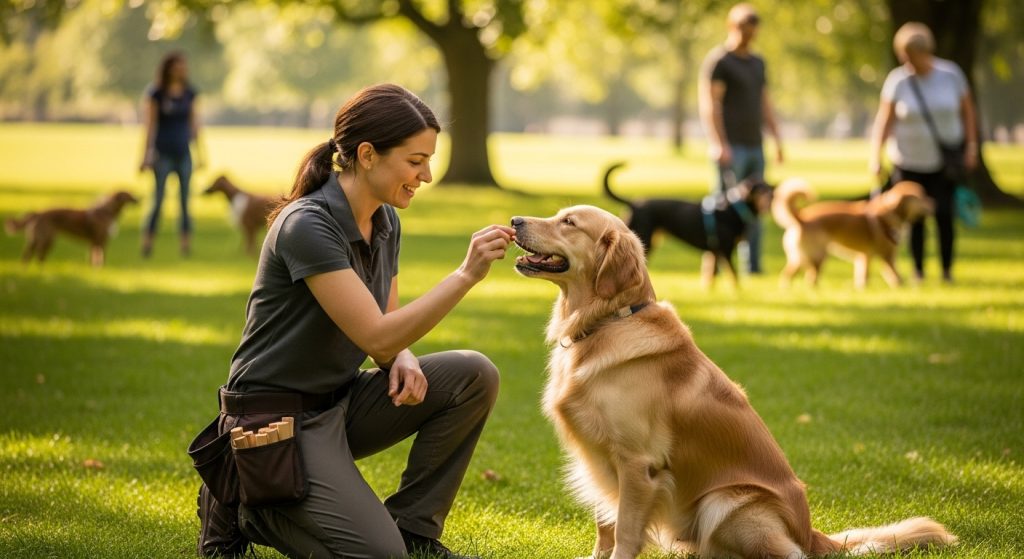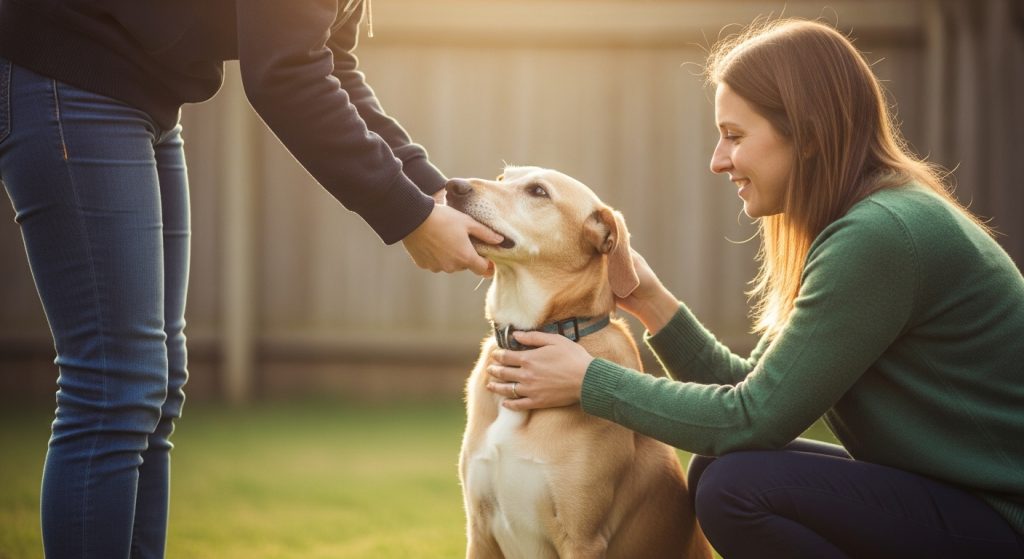Dogs have been human companions for thousands of years, yet misunderstandings about their behavior are still widespread. Many of these myths have been passed down through generations or spread online without scientific backing.
In this article, we’ll separate fact from fiction and explore what animal behaviorists and trainers say about the most common dog behavior myths. By the end, you’ll better understand your furry friend — and strengthen your bond in the process.
Myth #1 — “Dogs Feel Guilty When They Look Guilty”
It’s a familiar scene: you walk into the room to find a chewed-up shoe, and your dog gives you “the guilty look.” Their ears go back, their tail drops, and they avoid eye contact. Many owners believe this expression means the dog knows they did something wrong — but experts disagree.
The Truth: It’s Fear, Not Guilt
According to Dr. Alexandra Horowitz, a canine cognition expert at Columbia University, dogs don’t experience guilt the way humans do. What you’re seeing is a submissive behavior, not an emotional confession.
Dogs pick up on human tone and body language incredibly well. If you sound angry or tense, your dog reacts with appeasement signals — lowered body, tucked tail, and wide eyes — to defuse what they perceive as a threat.
How to Handle It
Instead of scolding your dog after the fact, focus on prevention and training. Dogs learn best through positive reinforcement — rewarding desired behavior immediately, not punishing mistakes hours later.
So next time you see “the guilty look,” remember: it’s not shame — it’s your dog’s way of saying, “Please don’t be mad.”
Myth #2 — “You Must Always Be the Alpha”
For years, dog owners were told to “be the alpha” — to dominate their dogs to show who’s boss. This idea came from early wolf-pack studies that have since been proven inaccurate.
The Truth: Cooperation Beats Dominance
Modern animal behavior research shows that dogs don’t follow strict dominance hierarchies. Instead, they build relationships based on trust, communication, and leadership, not fear.
Forcing your dog into submission (alpha rolls, leash jerks, intimidation) may make them fearful and damage the bond you share. Instead, positive reinforcement methods — using treats, praise, and consistency — teach obedience through respect, not dominance.
What the Experts Say
According to Victoria Stilwell, a professional dog trainer and host of It’s Me or the Dog, “True leadership means understanding your dog’s needs and communicating clearly — not asserting control through fear.”
Dogs respond best when they feel safe, confident, and understood. The “alpha” myth not only misrepresents dog psychology but also leads to unnecessary aggression and anxiety.
Building Real Leadership
-
Stay calm and consistent with rules.
-
Reward cooperation and calm behavior.
-
Avoid physical punishment — it confuses and frightens your dog.
Leadership in dogs is about guidance, not domination.
Myth #3 — “Old Dogs Can’t Learn New Tricks”
Perhaps the most discouraging myth of all is that older dogs can’t be trained. Many pet owners assume that once their dogs reach a certain age, training is useless. The truth? Age may slow physical ability, but not learning capacity.
The Truth: Dogs Learn at Any Age
Studies in canine cognition show that dogs continue to learn throughout their lives. Senior dogs can absolutely master new commands, routines, or even games — it just takes patience and adaptation.
Older dogs might have reduced hearing, vision, or mobility, but with gentle cues and consistent rewards, they can thrive mentally and emotionally. Learning keeps their brains active and may even delay cognitive decline.
Training Tips for Senior Dogs
-
Keep sessions short — 5–10 minutes is ideal.
-
Use soft treats for sensitive teeth.
-
Avoid high jumps or agility if joints are weak.
-
Focus on mental games, like scent-based challenges or puzzle feeders.
Why It Matters
Training isn’t just about obedience — it’s bonding time. Teaching an old dog new tricks strengthens your connection and improves their confidence. So, whether your pup is 6 months or 12 years old, it’s never too late to learn something new.
Final Thoughts
Dog behavior myths often arise from misunderstanding — not malice. The truth is, dogs are emotional, intelligent beings who rely on us to interpret their signals correctly. By questioning outdated beliefs and trusting science-backed insights, we can become better, kinder dog owners.
Remember:
-
“Guilty” looks are about fear, not guilt.
-
Leadership is about calm guidance, not dominance.
-
Old dogs can learn and love just as much as puppies.
By debunking these common dog behavior myths, you take the first step toward a deeper, more compassionate connection with your pet.




